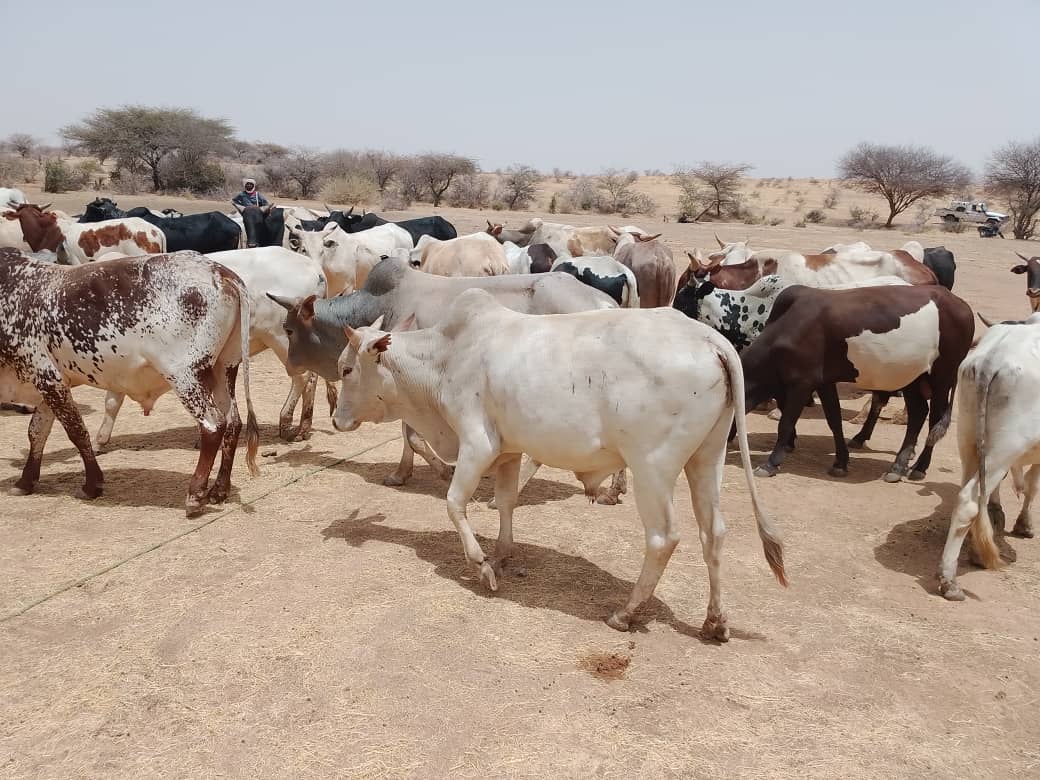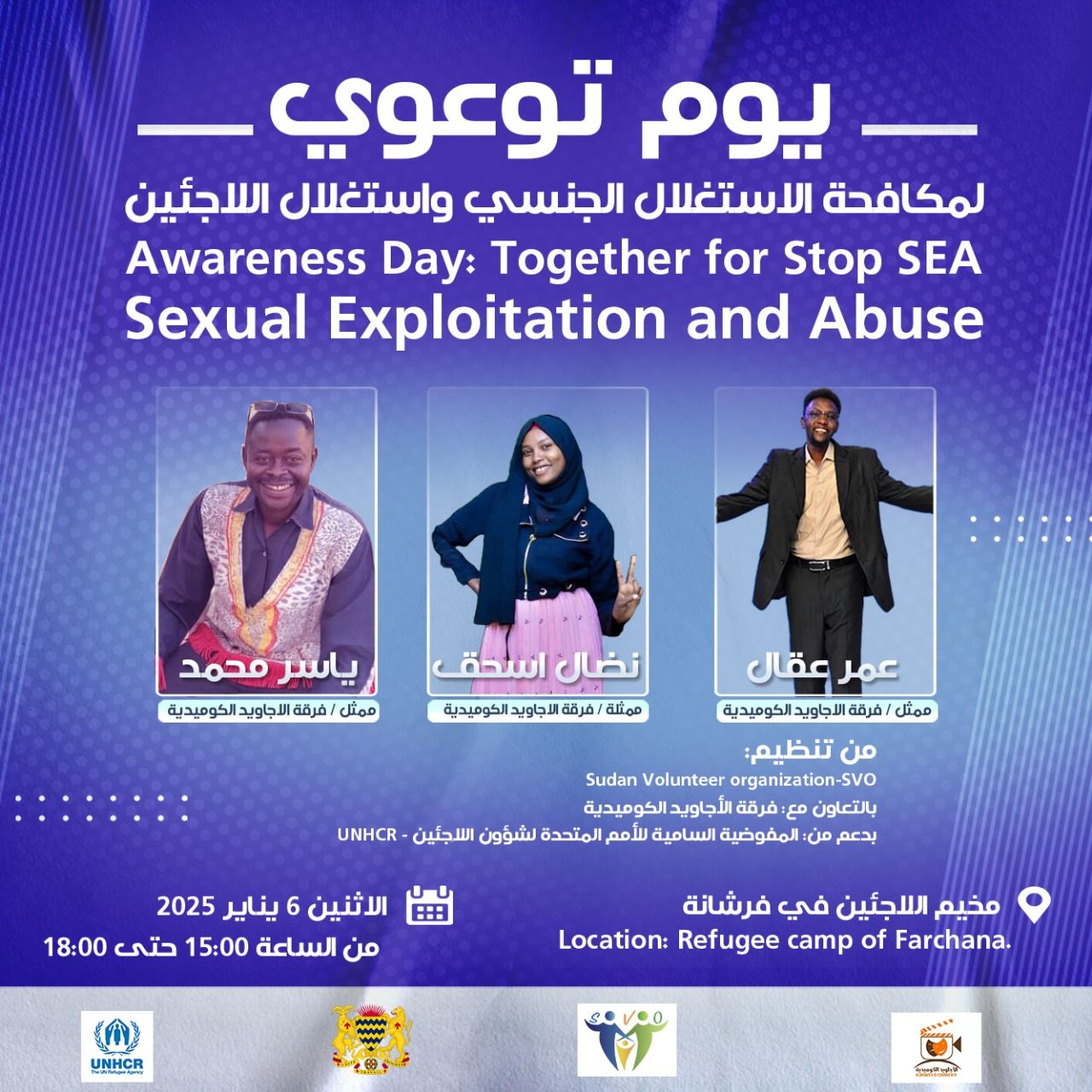
Lost Childhoods:
The Tragic Toll of Child Recruitment in Sudan's Armed Conflict
This interim report presents a comprehensive overview of the violations of child protection and children's rights in Sudan amidst the ongoing conflict, as observed by both parties involved. Despite the existence of international and national laws in Sudan aimed at protecting children and prohibiting their recruitment into armed forces or groups at any level, such violations have escalated during the current conflict. This report seeks to explore the reasons behind this increase and provides a concise response to the questions of 'why' and 'how'.
Short summary of observation:
The Situation of the Children: Alert.
Risk of Child Death in Armed Groups: High.
Number of Armed Children: High in the Darfur region, Khartoum zone, and Kordofan region. Child Recruitment in Rapid Support Forces (RSF): High.
Child Recruitment in Sudanese Armed Forces (SAF): High.
Child Recruitment in Other Smaller Groups: Medium.
ILO Convention 182: In 1999, the International Labour Organization adopted the Worst Forms of Child Labour Convention, which aims to prohibit the worst forms of child labor worldwide. The convention defines the worst forms of child labor as including:
- Slavery and practices similar to slavery, such as trafficking of children, sale, debt bondage, or serfdom.
- The forced and compulsory recruitment of children for use in armed conflict.
- The exploitation of children in prostitution, pornography, or other illicit activities.
- Work that is harmful to a child’s health, safety, and morals.
The convention calls for immediate and effective measures to prohibit and eliminate these forms of child labor urgently. It emphasizes the importance of education and addressing the needs of families to prevent child labor. The convention has been ratified by many countries, signaling a global commitment to eradicating child labor.
In addition to ILO Convention 182, the United Nations Convention on the Rights of the Child also addresses child protection in Article 38, focusing on protection in war. It states that children have the right to be protected during armed conflict and explicitly prohibits any child under the age of 15 from joining the army or participating in warfare.
Regarding regulations and laws for recruitment into the Sudanese Army, Article §4 of the Sudanese Armed Forces law outlines the criteria for selection, appointment, qualification, and recruitment. Specifically, paragraph (D) mandates that every individual joining the Sudanese armed forces must be over the age of 18 years.
Our observations:
From 15 April 2023 to 15 April 2024, marking one year of the ongoing conflict in Sudan, we observed a very high level of child recruitment by both the Rapid Support Forces (RSF) and the Sudanese Armed Forces (SAF), with slightly lower levels noted in other smaller groups.
On over 40 occasions, we observed children wearing RSF uniforms and armed with weapons aboard RSF vehicles in Khartoum State, as well as in the Darfur and Kordofan regions. Many of these children suffered fatal or severe injuries.
Despite requesting explanations or confirmations from RSF leaders at various levels, we have yet to receive any feedback. This evidence clearly indicates that the RSF has violated child protection and rights at a very high risk level, INTENTIONALLY EXPOSING CHILDREN TO DANGER. The RSF has egregiously breached both local and international regulations and conventions on child rights and protection, along with Sudanese military regulations regarding soldier recruitment.
We also observed children as young as 8-15 years old armed and serving as soldiers within both the RSF and SAF. Among RSF media personnel, the term “Ashbal,” meaning children, is frequently used to describe tournaments within the RSF group against SAF—effectively labeling these children as soldiers through media language.
Prior to the ongoing war, there was already a significant number of street children in cities across Sudan, left parentless and homeless due to previous conflicts and poverty. These vulnerable children are now visibly present among the ranks of both RSF and SAF soldiers.
Historically:
Child recruitment within the Sudanese Armed Forces (SAF) has been notably high, despite efforts by Sudanese generals to demonstrate compliance with regulations against child recruitment. They often reference Paragraph (D) of Article §4 to assert that children are not recruited into the military institution. However, throughout various conflicts in Sudan's history, the Sudanese military has played a significant role in child recruitment, indirectly through various paramilitary groups established by the army over time, including the current Rapid Support Forces (RSF). Another method employed involves arming children randomly to evade accountability, further facilitating the recruitment of children into the ranks of the Sudanese army.
Loopholes:
Despite the existence of both international conventions and national laws within Sudan aimed at preventing the violation of child rights and the recruitment of children into armed forces, numerous loopholes remain that allow military and paramilitary groups in Sudan to evade accountability for such crimes. These legal and procedural gaps are significant because they enable the continued exploitation of children within these conflict settings.
While there may be additional loopholes, the ones identified here represent the most relevant avenues through which military and paramilitary groups in Sudan manage to circumvent the established legal framework intended to protect children from recruitment.
- The Population Register: A significant number of these children are not officially registered in Sudan, making it challenging to identify recruited children and verify the ages of young recruits. Additionally, some of these children may be brought in from neighboring countries, further obscuring the connection between the Sudanese Armed Forces (SAF) and the issue of child recruitment. This lack of formal registration complicates efforts to address and mitigate the recruitment of minors into armed conflict.
- Militias and Paramilitary Groups: A prevalent loophole involves militias and paramilitary groups operating under the auspices of the Sudanese Armed Forces (SAF). These groups serve as a significant gap in the system, allowing Sudanese military institutions to circumvent accountability and responsibility for child recruitment. By utilizing these affiliated groups, the SAF can indirectly engage in practices that would otherwise be directly attributable to them, thus evading legal and ethical scrutiny.
- The Arming of Children: Arming children serves as a method of indirect recruitment. This phenomenon, often described as the mass arming of the population, has been particularly notable during conflicts such as the 1972-2005 South Sudan conflict and the 2000-2023 Darfur genocide. In Darfur, for example, Janjaweed militias, operating under the Sudanese military institution, were provided weapons to mobilize tribes with Arab backgrounds as militias. This led to mass arming, where even children aged between 8 to 15 years were equipped to fight as soldiers. These children have been implicated in serious crimes against African ethnic groups under the guise of self-protection.
Such mass arming allows governments to overlook certain control measures or become lax in overseeing mobilization efforts. While these armed children may not be organized as professionally recruited soldiers, they possess the capacity to execute significant operations and engage in criminal activities and war crimes—sometimes with more effectiveness than professional forces. This approach contributes significantly to the high casualty rates among children involved in ongoing armed conflicts in Sudan.
Estimated Number of Deaths Among Armed Children:
Current estimates indicate that between 23,000 and 25,000 children and teenagers have been actively involved as soldiers on both sides of the conflict and within other smaller groups from 15 April 2023 to 15 April 2024. This includes both professional soldiers and armed children. It is estimated that between 3,000 and 3,500 of these young individuals have lost their lives within the ranks of the Rapid Support Forces (RSF) and the Sudanese Armed Forces (SAF).
Additionally, targeted ethnic violence has resulted in the deaths of approximately 5,000 to 7,000 children.
Many of these children were victims of aerial bombings; their bodies were found dismembered or burned inside military vehicles. Those captured as war prisoners faced exceedingly brutal ends. Beyond physical harm, survivors are left with no semblance of childhood—facing psychological trauma, severe physical injuries, and profound social challenges.
Why Is Child Recruitment Prevalent Among Sudanese Military and Paramilitary Groups?
While there could be numerous speculative reasons for the high rate of child recruitment by various military factions in Sudan, a primary rationale is the practicality and long-term benefits perceived in recruiting young soldiers. Recruiting a child at age 15 means potentially having a soldier who could serve up to 45 years until retirement age. For ongoing conflicts, children are seen as effective combatants without immediate repercussions.
What Risks and Consequences Are Associated With Child Recruitment?
The most dire consequence is the continued loss of life among these young recruits—the exact numbers are unknown but undoubtedly tragic. Psychosocial trauma, illness, and an increase in children with disabilities pose significant societal challenges moving forward.
Text:
Abdelrahim Abdelmotalib
SVO
Support our causes
Your support matters! Join us in making a difference today.
Share this cause:


